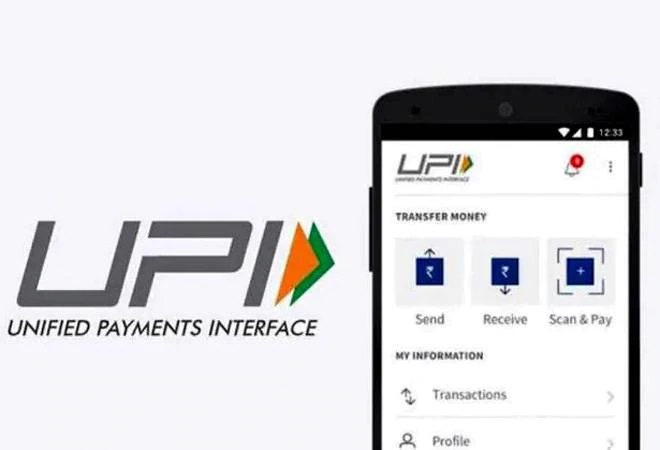The demonetization drive of November 2016 had a profound impact on the people of both rural and urban India, significantly changing the way in which they transacted money.
While the adoption of e-wallets and other digital payment methods were low before demonetization, the months after saw a sharp surge in the popularity of digital finance. E-Wallets and mobile payment apps such as PayTM are commonly used cashless payment methods.
To further the digitization of finance in the country, the Reserve Bank of India, under the leadership of then Governor, Raghuram Rajan launched the Unified Payments Interface (UPI) in April 2016.

What is Unified Payments Interface?
The Unified Payments Interface is a digital payment system that allows users to transfer funds between bank accounts across India.
Unlike other methods of digital payment and money transfer, to use the UPI payment system, you don’t need to enter your bank account number or the recipient’s bank details in the app for every transaction. Money transfers through the UPI are processed with a unique virtual ID similar to an e-mail ID. All you need to do is share this ID with anyone who wants to transfer funds to you.
Using the Unified Payments Interface
You can connect several of your bank accounts to the UPI app. This needs to be done only once and for the first time, you will need to provide your Debit Card number.
When you enter your bank details for the first time, you will receive a One Time Password (OTP) on your registered mobile number. You need to enter the OTP when prompted, to receive your unique UPI ID.
For additional security on a UPI app, you will be asked to set a passcode to open the app.
The UPI app that you choose to use is not a mobile banking app or an e-wallet. To use the UPI you don’t need to add money like you would do on apps like PayTM. All you need to do is link your bank account and start transacting.
UPI 2.0
The NPCI has recently upgraded the Unified Payments Interface and has added more features in v. 2.0.
Here is a glimpse at some features of the Unified Payments Interface.
Multiple Accounts – One ID
UPI allows users to make payments or transfer money using multiple bank accounts which get linked to a single interface. Smartphone usage in India currently stands at 30 crore.
and it is expected that UPI will further increase the popularity of digital banking among the rural population due to its ease of use.
No Need to Share Bank Account Details
To make transactions using UPI users will only need a unique ID. Unlike IMPS transactions, you don’t need to provide your bank account details repeatedly.
Instant Process
Previously, making transactions on websites and e-Commerce sites sometimes led to failed or declined transactions. UPI simplifies the connection between bank accounts and the shopping websites, making transactions more efficient.
What to Expect from UPI 2.0
- Increased transaction limits: With the introduction of UPI 2.0, the maximum transaction limit will be raised from Rs. 1 lakh to Rs. 2 lakh.
- Add Overdraft Accounts: UPI 2.0 will allow users to link their Overdraft Accounts in addition to their Savings Accounts. This means users will be able to make withdrawals even if they may not have sufficient funds in their Savings Account.
- E-Wallet Integration: The upgraded UPI will allow users to link e-wallets as well as their bank accounts.
UPI is steadily becoming popular among the Indian masses, evidenced by the fact that at present, 29 banks have adopted the payments system. Before the rise of digital finance in India, the population had become increasingly mobile and technology-savvy. As the Unified Payments Interface is primarily built for smartphone devices, UPI 2.0 is poised to revolutionize mobile payments.
Revolutionize Digital Payments with Paycorp.io
Make your digital payment platform fast, safe, and fool-proof with Paycorp.io. We offer a diverse combination of cloud-based payment processing for various businesses. Whether you are an SME, a larger company, or a digital lender, we have a cloud-based, end-to-end payment solution for everyone. Frame your instructions, disburse and collect payments, realize revenue, and reconcile payments simply and efficiently with our robust payment solutions.


